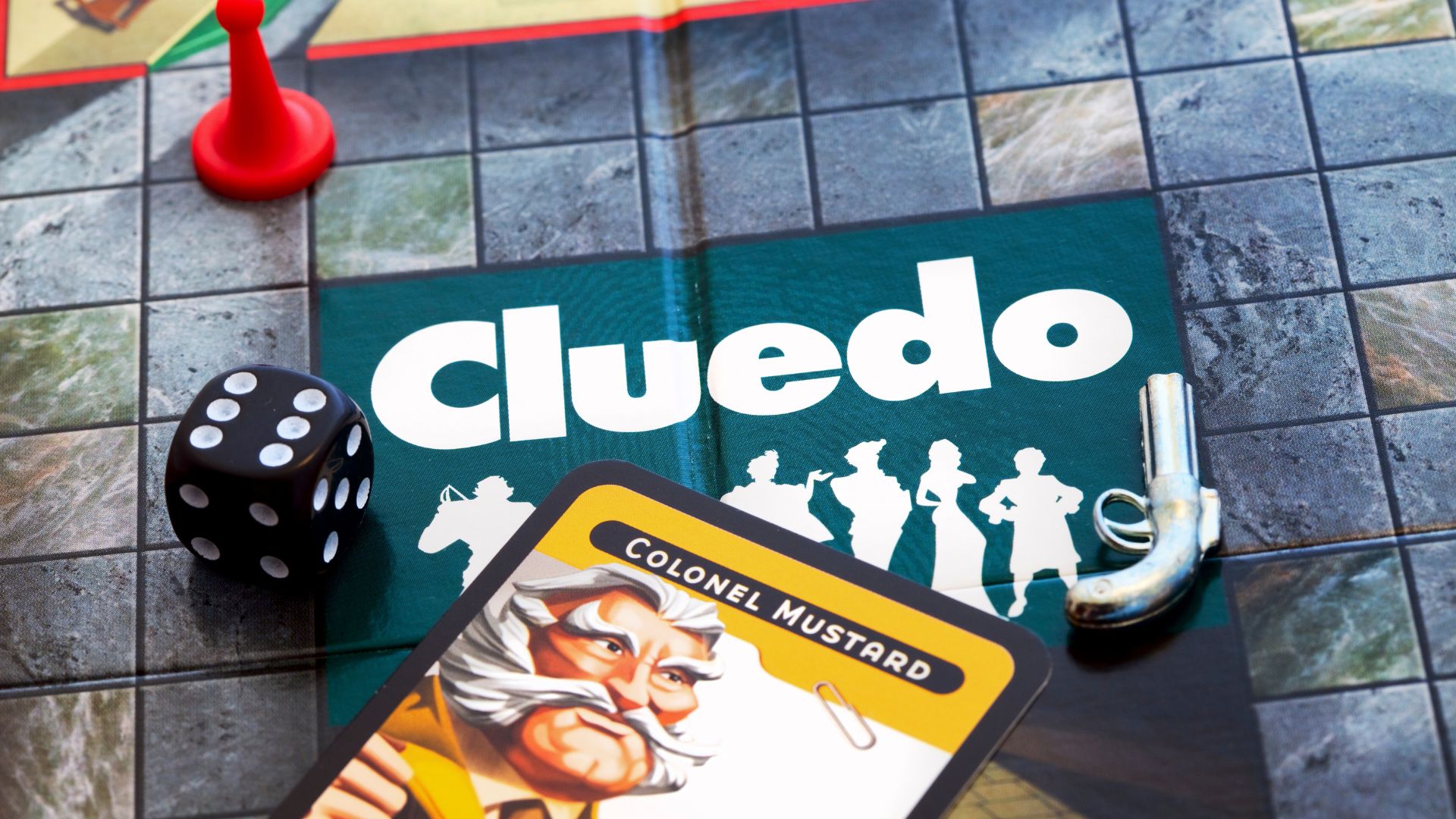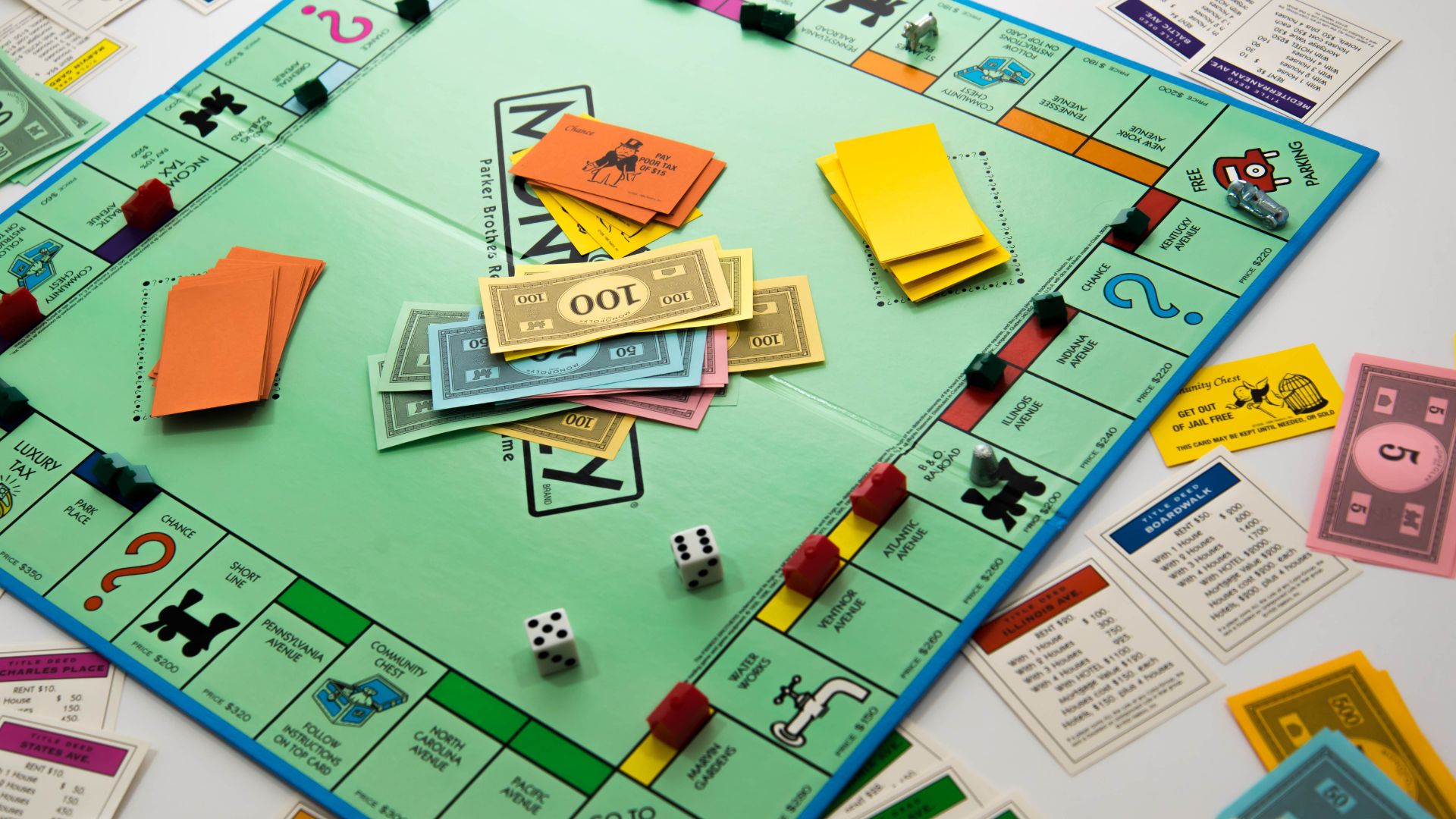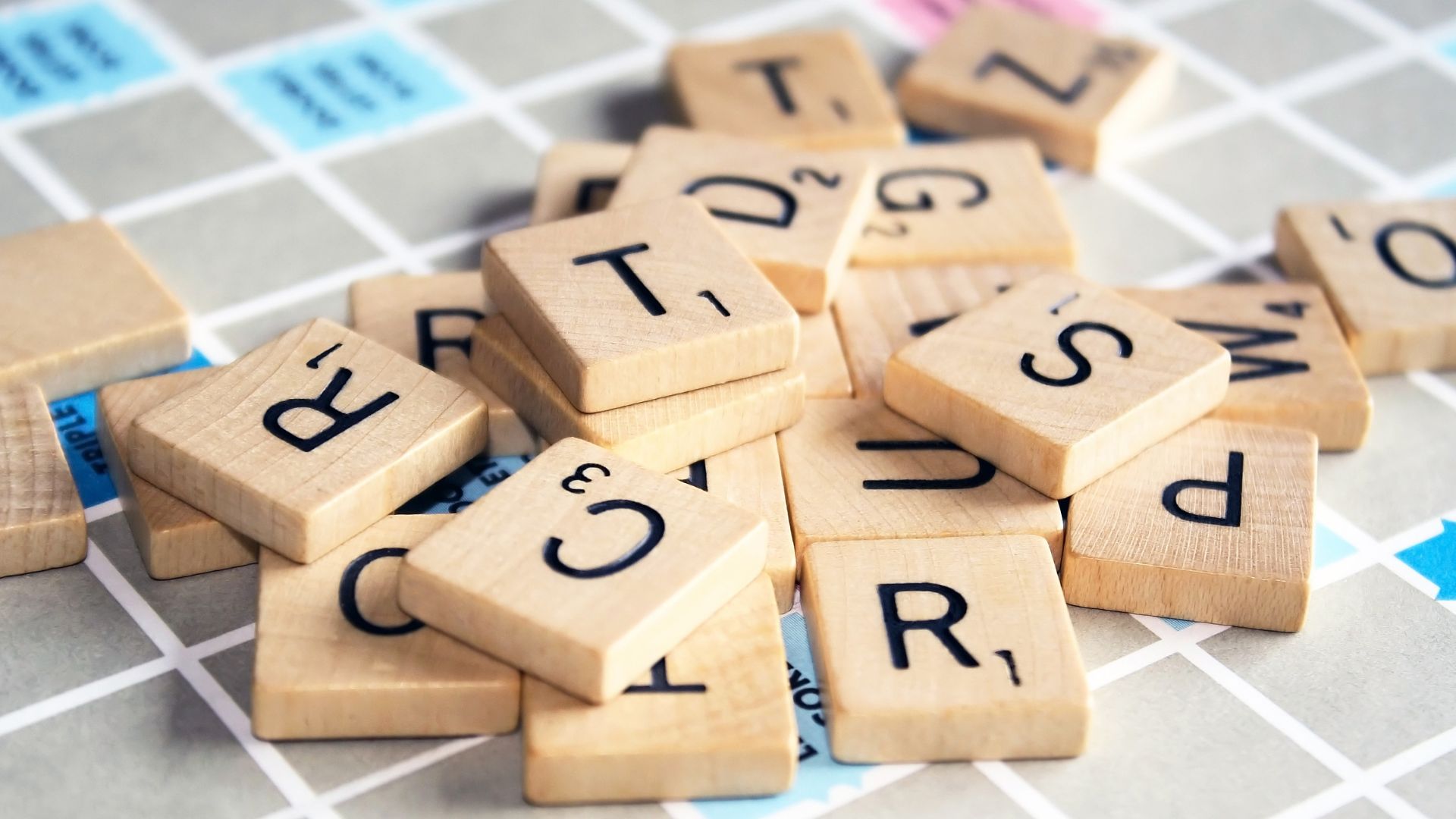
Board games were a central part of childhood, family gatherings and rainy afternoons spent indoors. These games were more than just entertainment — they were moments of family bonding that created memories many still hold dear.
Whether it’s spinning the wheel in The Game of Life, buying out hotels in Monopoly or solving a mystery in Cluedo, these games hearkened back to a time before screens and when genuine connection was fostered face-to-face. Let’s take a look at some of the most iconic board games from our chequered pasts.

First released in 1960, The Game of Life quickly became a household favourite. Designed to mimic the twists and turns of real life, players navigate through career choices, marriage, children and even retirement. It was an early introduction to the decisions that shape adult life, from choosing a career to buying a house. This game often sparked family discussions about life choices, values and even financial responsibility.
For many of us, The Game of Life may evoke memories of fun-filled family evenings spent spinning the wheel and seeing where fate would take you. Its lessons in balancing risk and reward mirror the real-life experiences of many who played it growing up.

First released in 1949, Cluedo is a classic murder mystery game where players must deduce who committed the crime, with what weapon and in which room. It’s a game of logical reasoning, as players collect clues and make educated guesses to solve the case.
For many of us, Cluedo was a thrilling experience of playing detective that brought out the inner sleuths in us. It allowed for a fun and interactive way to sharpen problem-solving skills while enjoying the suspense and intrigue of figuring out the mystery.

Few games have caused as much friendly rivalry as Monopoly. First introduced in 1935, this game about real estate and finance was a test of strategy, negotiation, cutthroat business practice and sometimes, sheer luck.
The goal was to bankrupt your opponents by acquiring properties, building houses and hotels, and charging exorbitant rent — perhaps not too different from the real world nowadays! Between racing to Pass Go and landing in jail from the “Go To Jail” tile or rolling too many doubles, this classic board game has brought out the worst in even the mildest of us.

Connect Four, released in the early 1970s, was an instant hit with its simple rules and strategic depth that continues to remain relevant in today’s day and age. Players take turns dropping coloured discs into a vertical grid, aiming to get four in a row.
Its blend of luck and strategy made it perfect for both kids and adults. For Australians over 60, Connect Four became a regular part of family game time, providing hours of fun with its fast-paced and engaging gameplay.
First released in 1965, Operation is a lighthearted yet skillful game where players take turns “operating” on a patient by carefully removing items without touching the edges of the cavity. The patient’s iconic red nose buzzes if you slip, adding to the challenge and excitement.

Scrabble made its debut in 1948 and quickly became a favourite for wordsmiths. Players used letter tiles to create words on a board, earning points based on the complexity and length of their words. It was a game that challenged vocabulary and strategy, as players had to make the most of limited tiles and board space.
It was often a fixture during family gatherings, and playing it could be as educational as it was fun (when someone wasn’t trying to be inventive with their letters!). Plus, it helped many develop a lasting love for words and language.
First introduced in 1979, Guess Who? became a favourite for its unique blend of deduction and strategy. Players take turns asking yes-or-no questions to figure out which character their opponent has selected from a group of colourful faces. The simple but engaging format, combined with the memorable characters, made it an instant classic.
Guess Who? offered a fun way to spend time with family, particularly children and grandchildren, while honing observation and logical reasoning skills. The fast-paced nature made it perfect for quick games, ensuring it became a household staple.
Introduced in the 1950s, Yahtzee is a game of chance and strategy that involves rolling five dice to create specific combinations, like three-of-a-kind or a full house. The more difficult the combination, the higher the score, but players had to balance luck with tactical thinking to achieve the highest score.
Yahtzee was a fast-paced, exciting game that required a bit of luck but also rewarded careful decision-making. It was the perfect game for family nights or casual get-togethers, providing quick and unpredictable fun.
Snakes & Ladders became a mainstay in homes around the world. Its simplicity made it accessible for young children, but its unpredictable nature kept everyone engaged. There was nothing more satisfying than landing on a ladder that catapulted you to victory, or more frustrating than sliding down a snake right before the finish line.
For those of us who grew up playing Snakes & Ladders, the game represented more than just luck — it was a lesson in the highs and lows of life. Sometimes things would go your way, and other times, you’d have to start over. It’s a game that can still evoke smiles, laughter and the occasional groan of frustration.
Fun fact: Battleship started as a paper-and-pencil game before becoming a popular board game in the 1960s. Players secretly placed ships on a grid, then took turns guessing the locations of their opponent’s fleet. The goal was to sink all of the opponent’s ships before they sank yours.
Whether playing with a sibling, friend or grandchild, the game required careful planning and a bit of bluffing to outmanoeuvre the opponent and win the battle at sea.